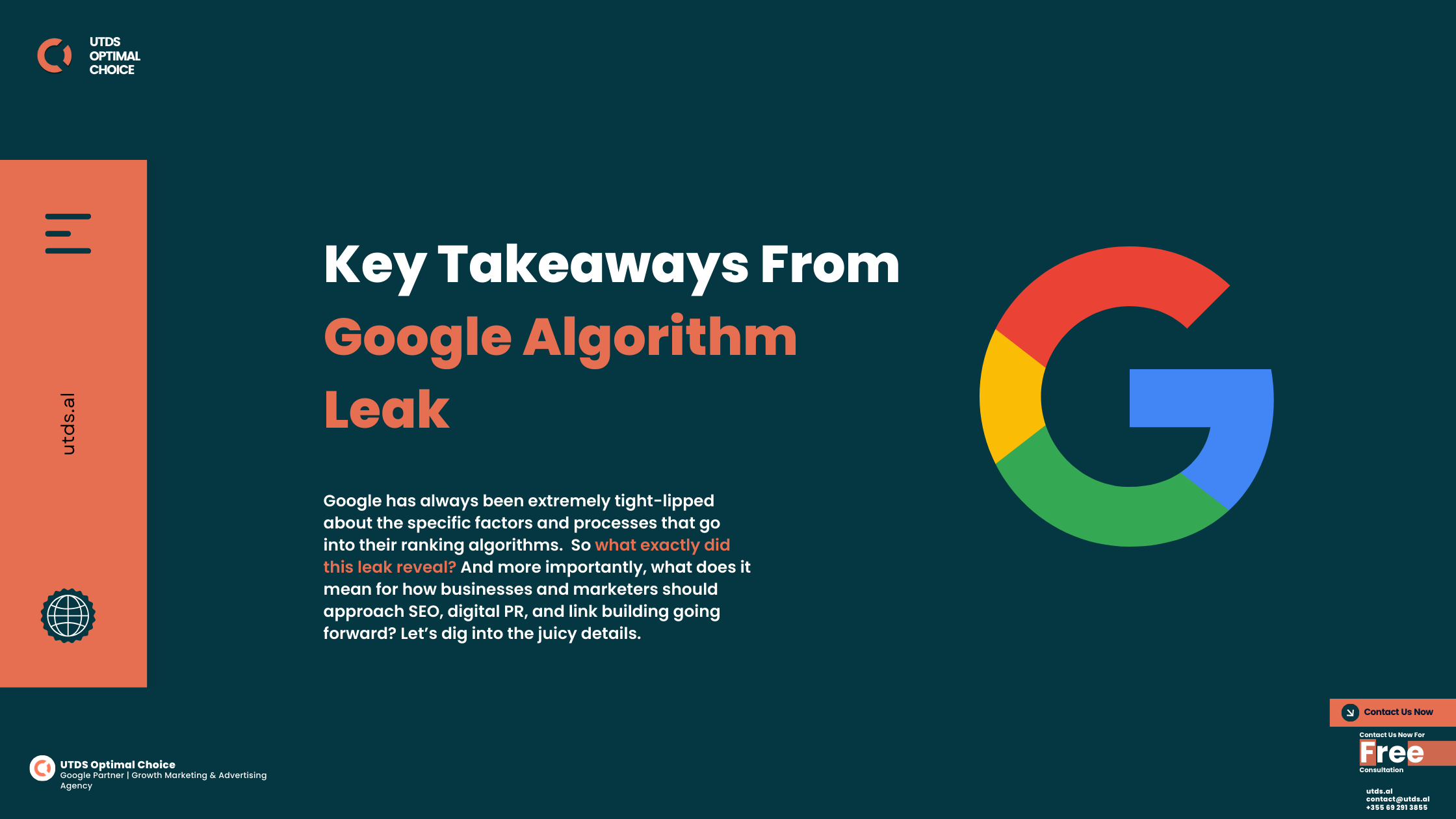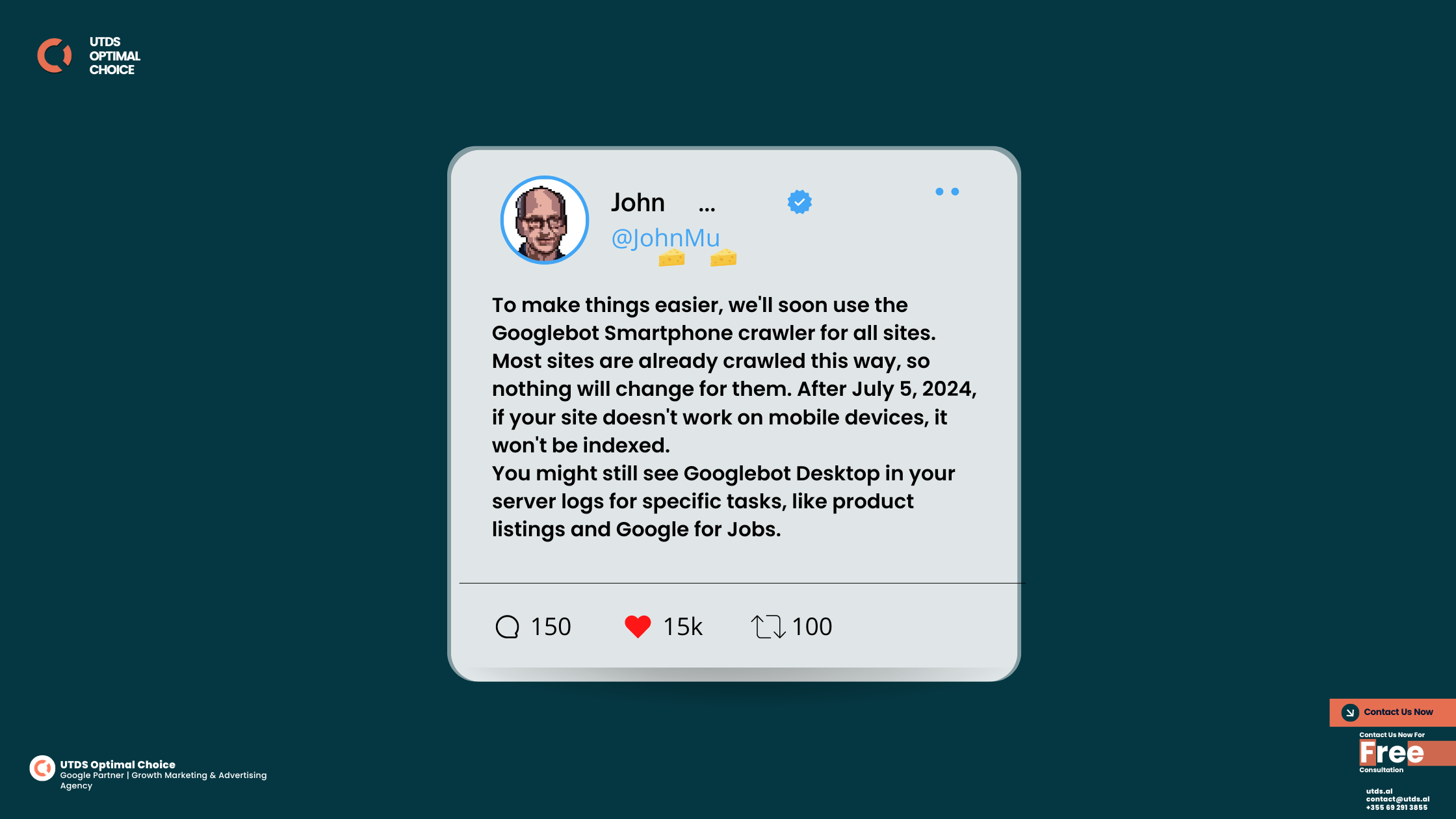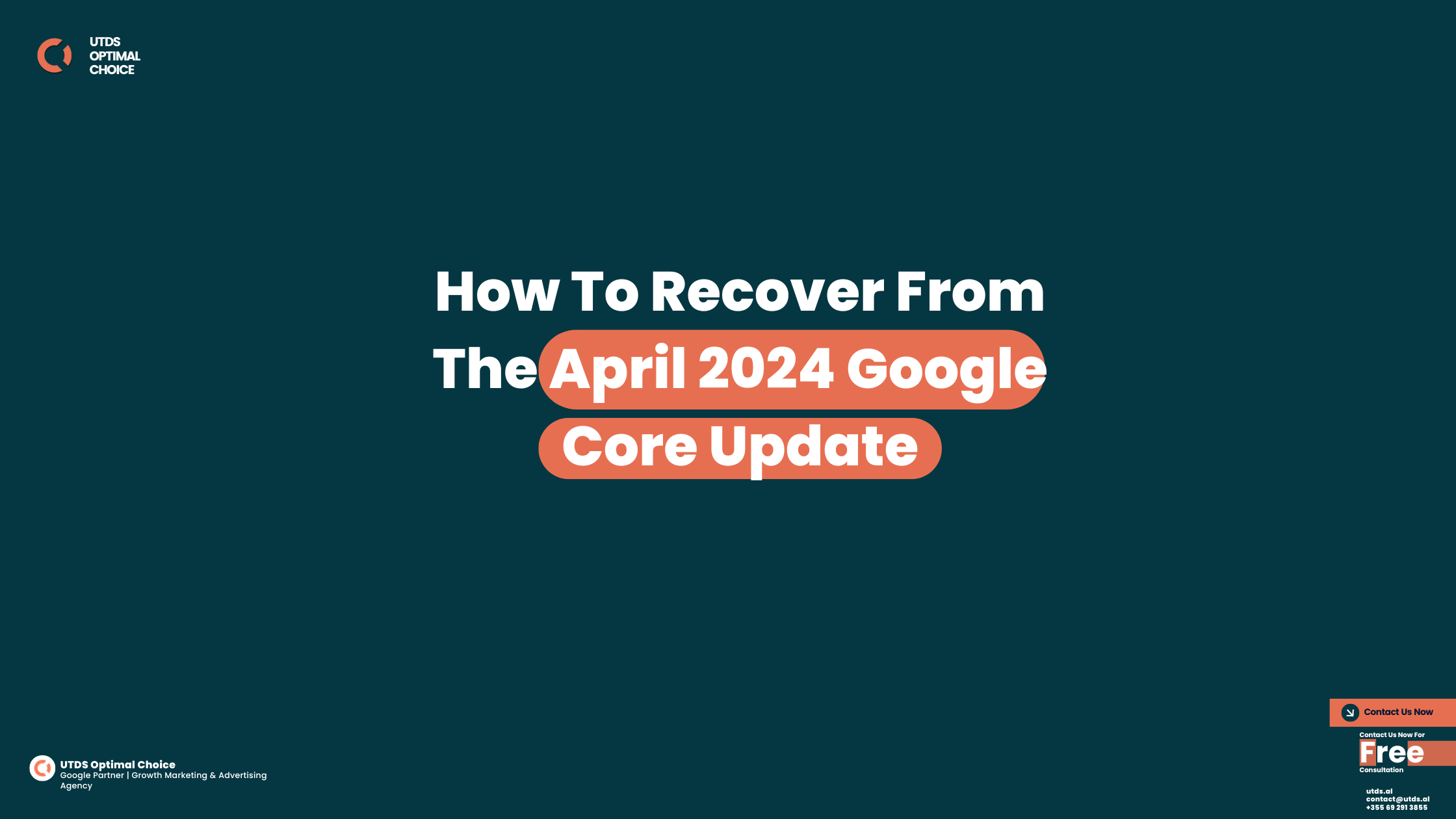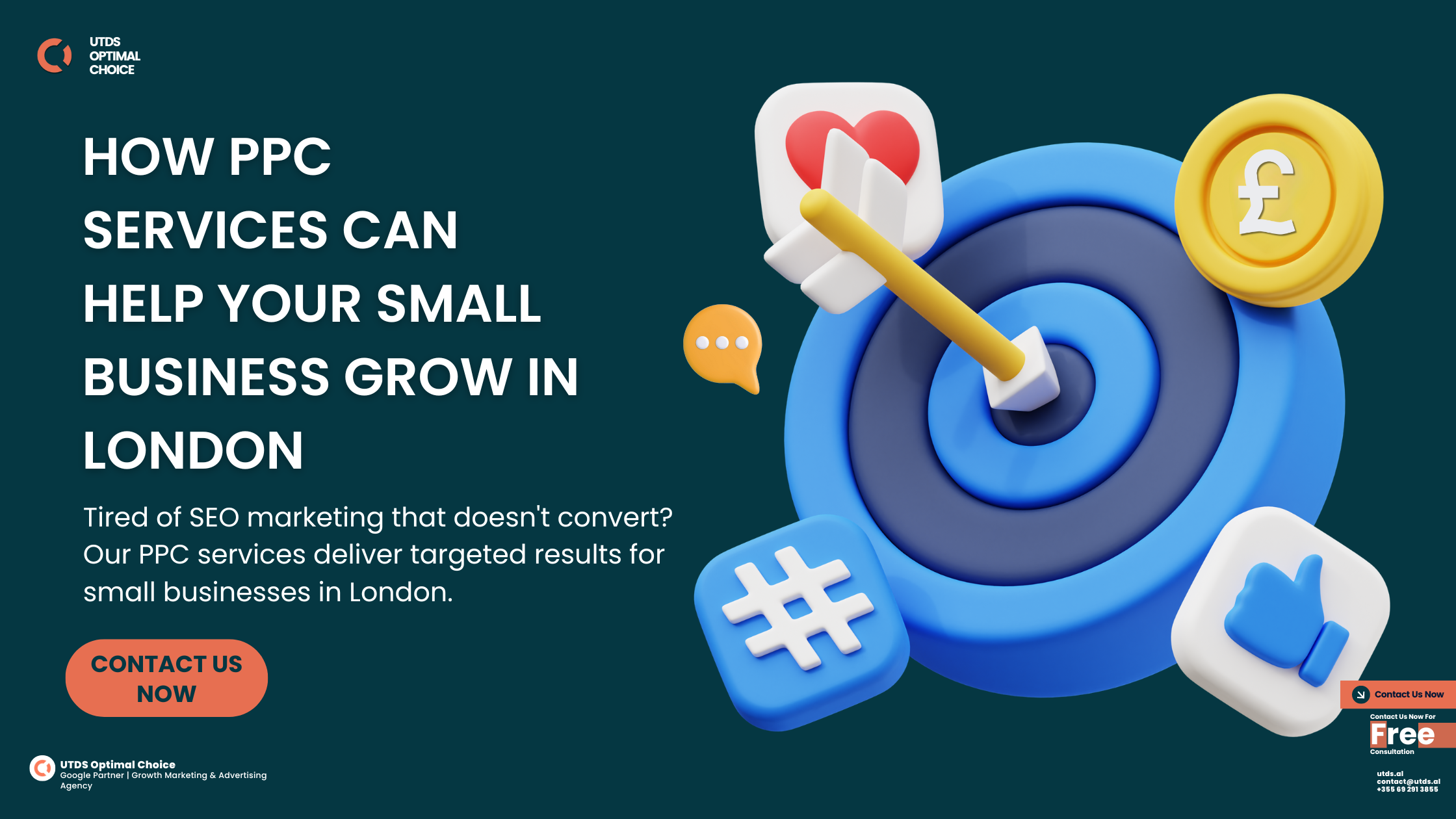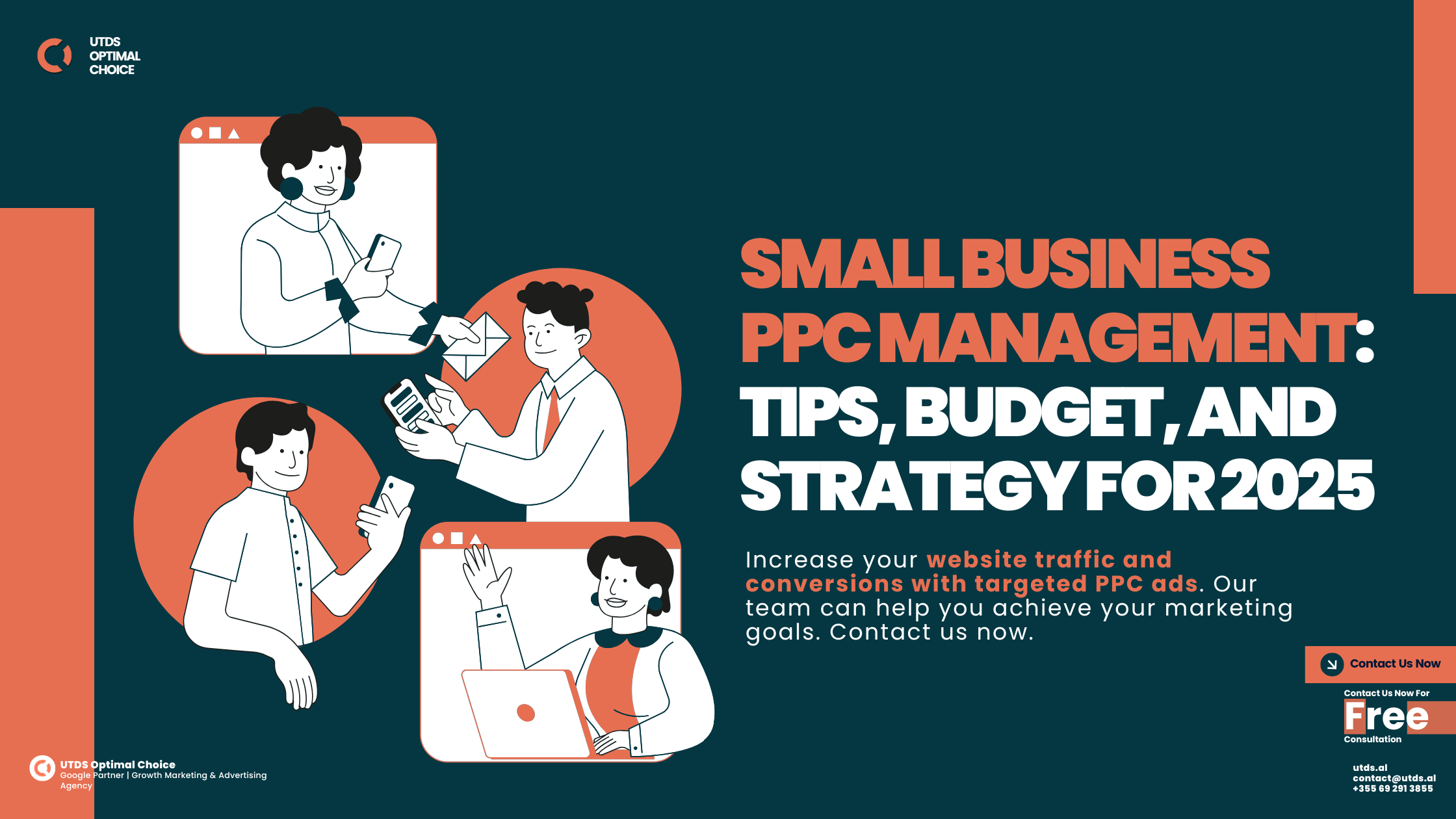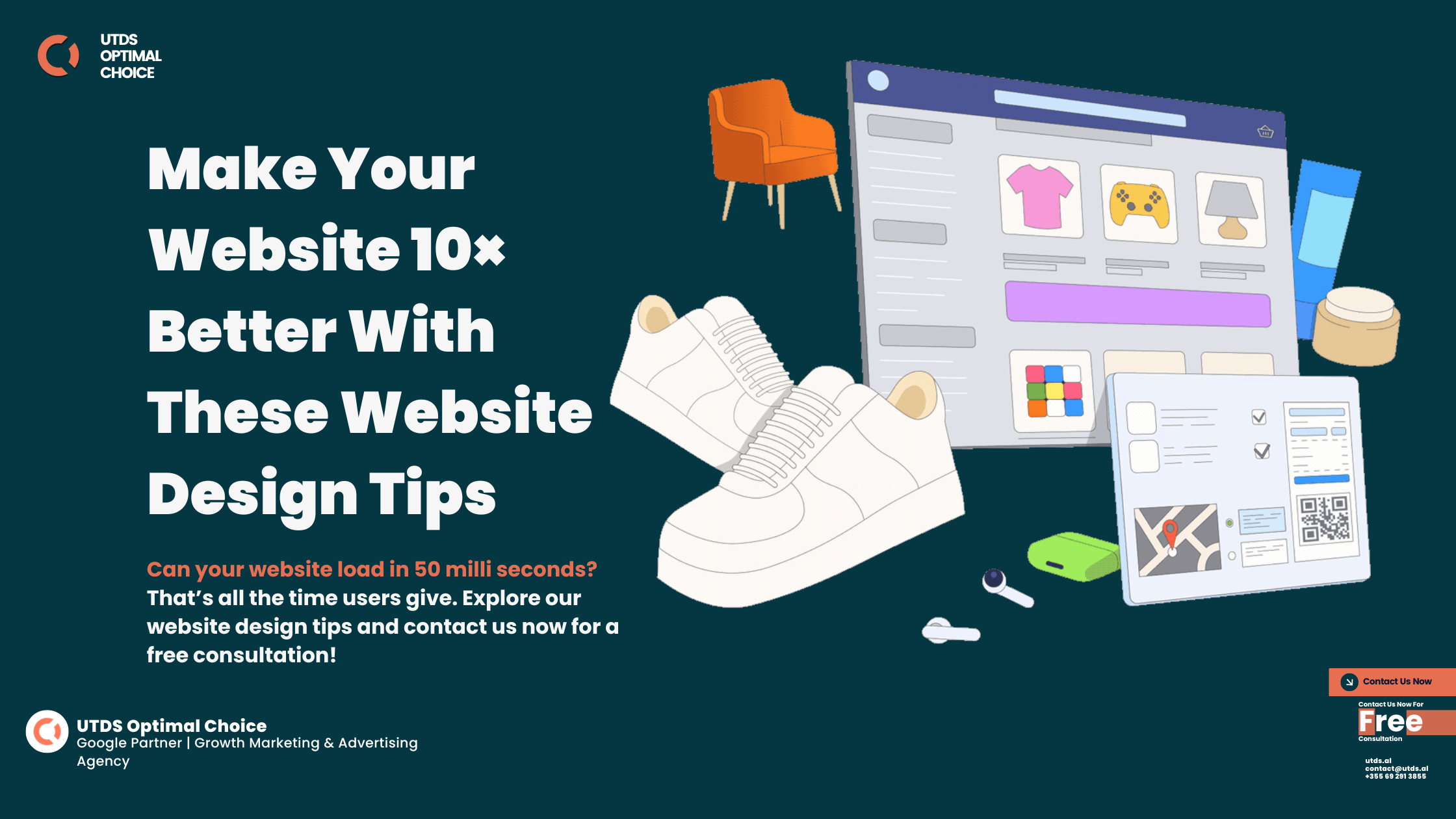Internet can be an awesome place, but it can also be kinda tricky if people try to trick or mislead you. That’s why Google has created the Site Reputation Abuse Policy – a set of rules websites need to follow to keep things honest and safe online.
In this article, we’ll explain what these rules are all about in a super straightforward way. We’ll cover real examples to make it crystal clear what counts as “reputation abuse” that Google doesn’t allow. We’ll also share tips to make sure your own website follows the policy properly. Let’s get started!
Concerned about your website's reputation and staying compliant with Google's policies? At UTDS Optimal Choice, we specialise in protecting your site’s credibility and ensuring compliance with Google’s Site Reputation Abuse Policy. Contact us today to safeguard your site, maintain your ranking, and build trust with your audience.
What Is Google Site Reputation Abuse Policy
Google Site Reputation Abuse Policy is a set of rules designed to prevent deceptive and dishonest behaviour by websites, ensuring that only trustworthy and reliable sites appear in search results.
What Are Google Site Reputation Rules?
The basic idea behind Google’s policy is to prevent shady, dishonest behaviour from websites. Google wants to make sure the sites that show up in their search results are real, trustworthy and won’t try to scam people. Some of the big no-no’s include:
- Creating totally fake websites or impersonating real companies/people
- Setting up fake online profiles or accounts
- Posting made-up reviews, ratings or testimonials
- Doing tricky stuff with links and ads to try to look more popular
If Google catches a site doing any of these deceptive things, they can penalise or even ban that site from showing up in search results at all. The punishments can range from just a small ranking demotion to being completely deindexed and removed.
Why Does Google Care So Much About This?
Google implemented these strict reputation rules because they want to protect regular internet users like you and me from getting ripped off or misled online. Phoney reviews, scammy links, fake identities and other dishonest tactics can really hurt people if they fall for them. It’s just not cool.
These guidelines also create a level playing field for good, legitimate websites. They prevent shady sites from cheating their way to the top unfairly with black hat tricks. Honest sites don’t have to compete with all that trickery and shadiness.
At the end of the day, Google just wants to make sure the websites and information its users see are high-quality, authentic and provide a safe experience. That’s what these reputation abuse guidelines are really all about – keeping the internet a reliable place.
According to John Mueller, Google Webmaster Trends Analyst, emphasises, "Authenticity is crucial for user trust and maintaining a healthy web ecosystem.”
Examples Of Sites Breaking The Rules
To really drive the point home, let’s look at some real-world examples of sites that got busted by Google for reputation violations:
🚫 A major retailer was secretly paying people to write tons of glowingly fake 5-star reviews for their products. Once Google’s team uncovered this shady review scheme, they slammed that retailer with a harsh ranking penalty as punishment.
🚫 There was a whole spam network of hundreds of low-quality websites set up just to sell gobs of links to other sites trying to artificially boost their search rankings. Google deindexed that entire Link Scheme Network after catching on.
🚫 One particularly brazen website was straight-up using stolen logos and brand impersonation to trick visitors into thinking they were visiting other popular sites. They redirected people to their own sketchy download pages full of shady ads. That’s like the ultimate reputation abuse violation!
On the flipside, there are examples of sites that got penalised by Google for shady tactics, but then cleaned up their act and were able to recover.
✅ A well-known online store had been using some spam comment links and other spammy link building as part of their SEO strategy. After Google hit them with a manual penalty, they came clean – removing all those shady links and implementing a strict new white hat SEO policy. It took many months, but they were eventually able to regain Google’s trust and search visibility.
How To Keep Your Site Reputation Sparkling Clean
The absolute best way to never have to worry about Googles Site Reputation Abuse Policy is to simply operate your website in an honest, ethical, and transparent way from the very start. Here are some crucial tips:
- Only post 100% real, factual, original content – never anything fake or intentionally misleading
- If using any third-party text, images, code etc., always properly source it and get necessary permissions first
- Be fully upfront about who you are, what your website is about, how you make money (if applicable) etc. No shady secrecy!
- Try to build your website traffic naturally over time through quality content and fair marketing/advertising methods
- For any reviews featured on your site, implement a robust verification system to ensure they are 100% legit from real customers
- Regularly monitor your site’s performance in Google Search Console for any potential issues flagged related to policy violations
There are also a variety of online reputation monitoring tools and services you can use to keep close tabs on how your website is being viewed publicly across the web.
If Google does end up penalising your site for reputation violations, don’t panic – but do act quickly. First, perform a comprehensive self-audit to identify precisely which guidelines you violated. Once you grasp the issue, thoroughly fix and remove all the violating elements. Finally, submit a formal reconsideration request to Google explaining the specific positive changes you’ve implemented to resolve the matter.
Does Following the Rules Really Matter?
You might be tempted to think all these reputation abuse guidelines don’t really matter that much. That taking some harmless shortcuts with things like reviews or link building could be an easy way to get ahead online with no consequences.
However, that kind of thinking tends to catch up to websites in a major way sooner or later. Google is constantly updating their detection systems to identify deceptive behaviours that try to game the system. Their human review teams are also incredibly skilled at sniffing out malicious reputation abuse tactics.
Getting hit with a manual action for blatantly violating Google’s quality guidelines can have massively negative impacts on a site, from plummeting search visibility to getting blacklisted completely. Even if you manage to skirt by for a little while, you’re essentially building your website on a house of cards that could come crumbling down at any moment.
How can we help you?
So in summary – don’t ever try to cheat Google’s systems or mislead users, it’s just not worth the huge risks involved.
At UTDS Optimal Choice, we are your trusted partner for all your web development and advertising needs. Our skilled web developers create visually captivating, user-friendly and fully responsive websites tailored to your unique brand and requirements. From simple brochure sites to complex e-commerce platforms, we leverage cutting-edge technologies to deliver optimal results.
Our experienced marketing team develops data-driven strategies spanning SEO, PPC, social media, email campaigns and more to drive conversions and maximise your ROI. What sets us apart is our customer-centric approach. We take the time to understand your specific goals, collaborating closely to tailor innovative solutions meeting your needs. With a focus on delivering measurable results, we continually monitor and optimise campaigns for peak performance.
Contact us today to learn how we can grow your online presence and business growth.
Common Reputation Policy Questions Answered
To wrap things up, let’s go over some straightforward answers to common questions about Google Site Reputation Abuse Policy:
- What kinds of things count as “reputation abuse”?
Anything intentionally deceptive to mislead online users. Fake pages/profiles, phoney reviews/testimonials, malicious links, brand impersonation etc. - How can I check if my site has reputation issues?
Use Google Search Console to monitor for any manual penalty notifications. Analyse your traffic for any major visibility drops. Check third-party review platforms for negative reviews/feedback. - What if my site gets hit with a penalty – what do I do?
Don’t panic, but do act fast. Identify precisely what violated the guidelines through a full self-audit. Remove all violating elements. Submit a reconsideration request explaining the fixes. - How long will it take to recover from a penalty?
There’s no set recovery timeline, it depends on the violation severity. Even after making fixes, regaining Google’s trust can often take many months for major offences. Be patient and persistent. - What is a Google Ranking Penalty?
Your site is either completely removed from Google’s search results, or its rankings for the keywords you want to rank for have dropped extremely low, making it very difficult for people to find your site

